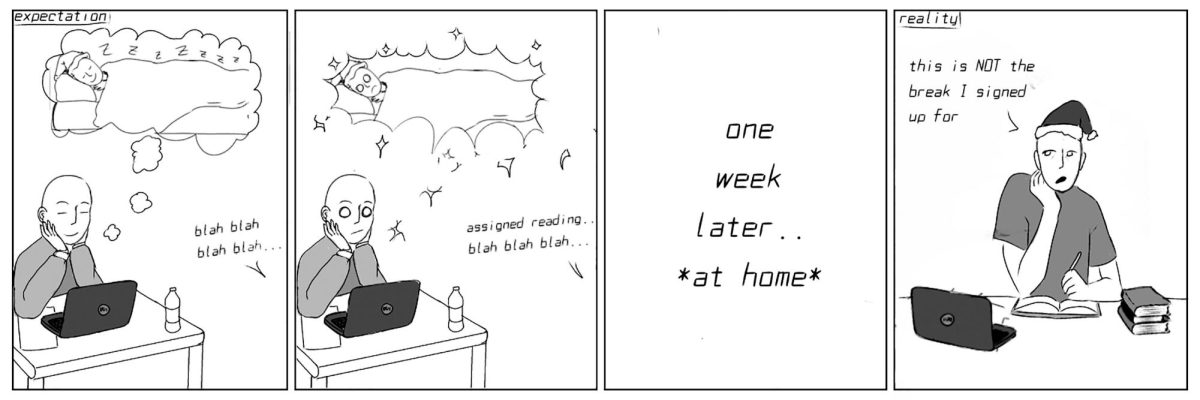Several changes have been made to the Advanced Placement courses this year including the shift of testing to a virtual format for the foreseeable future, as well as the rebuilding of the document-based question on social studies and history tests.
Advanced Placement classes, commonly referred to as AP’s, are common amongst high schools around the nation and allow colleges to award credit to high school students based on an AP test score.
AP courses range in subject from psychology and language to calculus and world history, allowing for students interested in college-level courses to experience a more rigorous curriculum during their time in high school.
In all of the available courses, CollegeBoard — the organization in charge of AP courses — has opted to transition from the traditional pencil-and-paper to the modern online format for their tests. Even in courses with extensive free-response questions such as AP Chemistry, the scratch-work and answer sheet is set to be judged in a virtual format.
Additionally, in the AP social studies and history courses — such as AP World History, AP U.S. History and AP U.S. Government and Politics — the DBQ rubric has been altered to offer a greater chance for students to receive college credit.
Within the DBQ there is seven points you may receive: one point each for historical contextualization, a thesis statement and evidence beyond the documents provided. You can also get up to two points for sourcing/complexity and two for utilizing the documents as evidence.
The first major change for the AP history DBQ’s are the documents points, which now only require students to “Use the content of at least three documents to address the topic of the prompt,” in order to receive one point and “Support an argument in response to the prompt
using at least four documents” (CollegeBoard) to receive both points. This has been lowered from previous years, where students would have to utilize six out of seven documents to get both points.
The new rubric also eases the pressure for students attempting to get the second sourcing point, also referred to as the “complexity” point. The new guidelines state that students must either use all seven documents to support an argument, properly source four documents or develop a complex counterargument at some point throughout the essay.
Previous DBQ rubrics required students to not only demonstrate the complexity throughout the entire document but also only gave the point to advanced counterarguments and not to the additional document/sourcing usage.
All around, the changes made to AP courses reveal that CollegeBoard is willing to adapt for the future of modern education and better support the growing number of students enrolled in advanced courses. These new changes have actually systematically eased the AP history tests in order to make them to the same level as a college course.
If you have any remaining questions about changes to the structure of an AP course, check out the course and exam description for your desired course and talk to your AP teachers for their advice.






























































